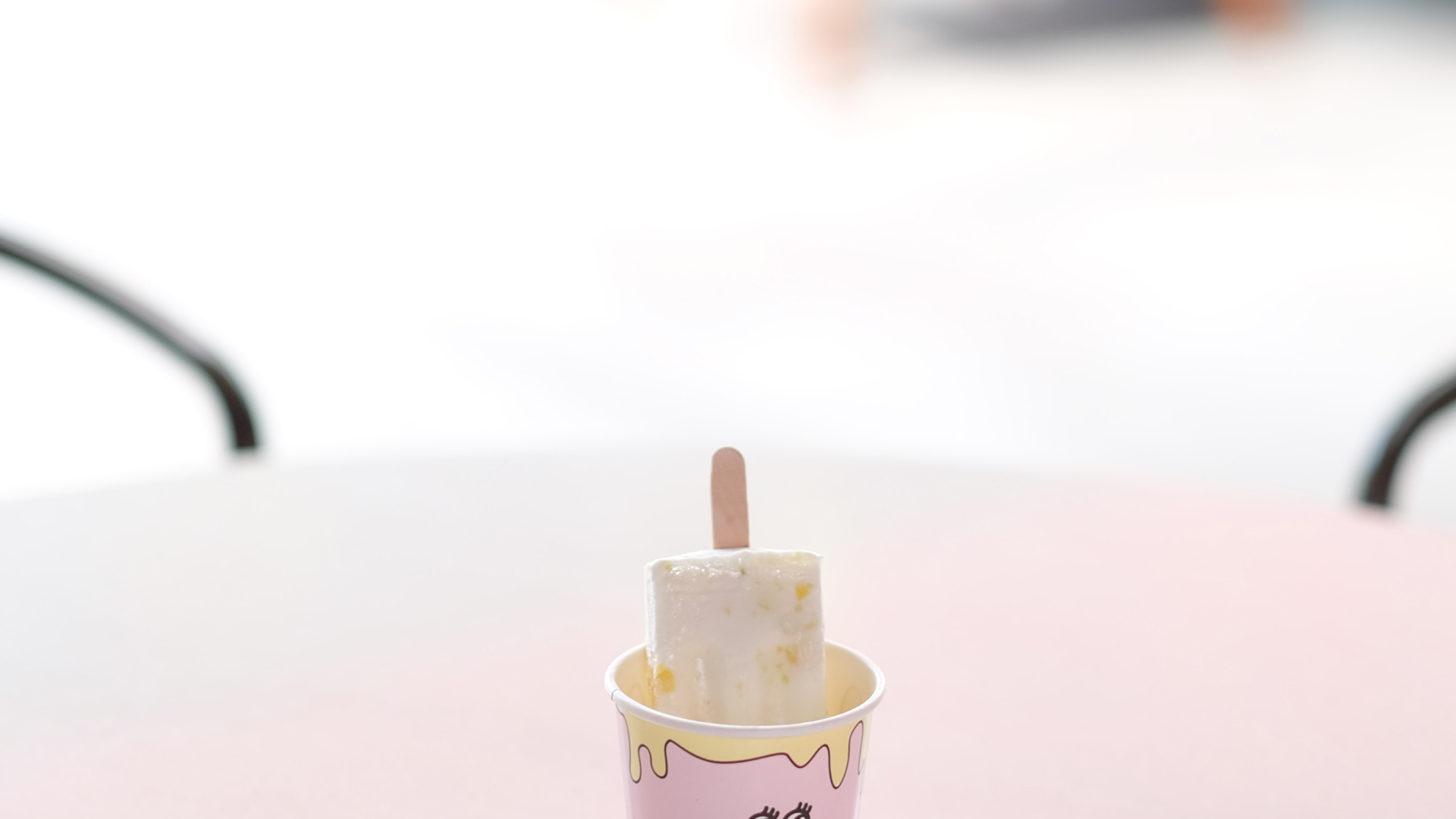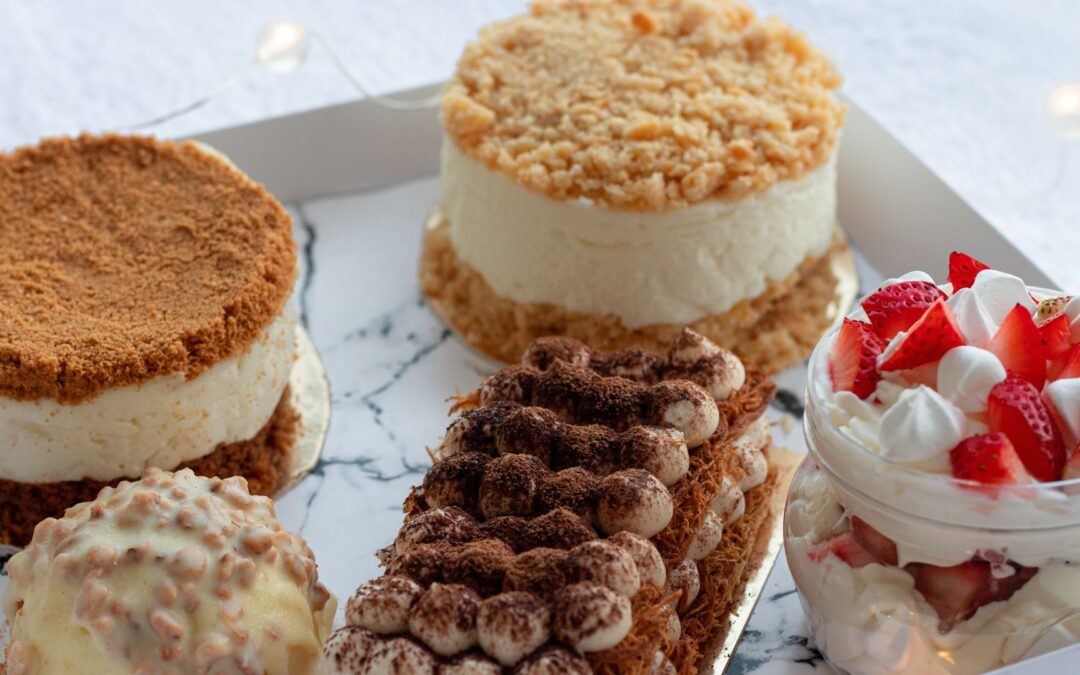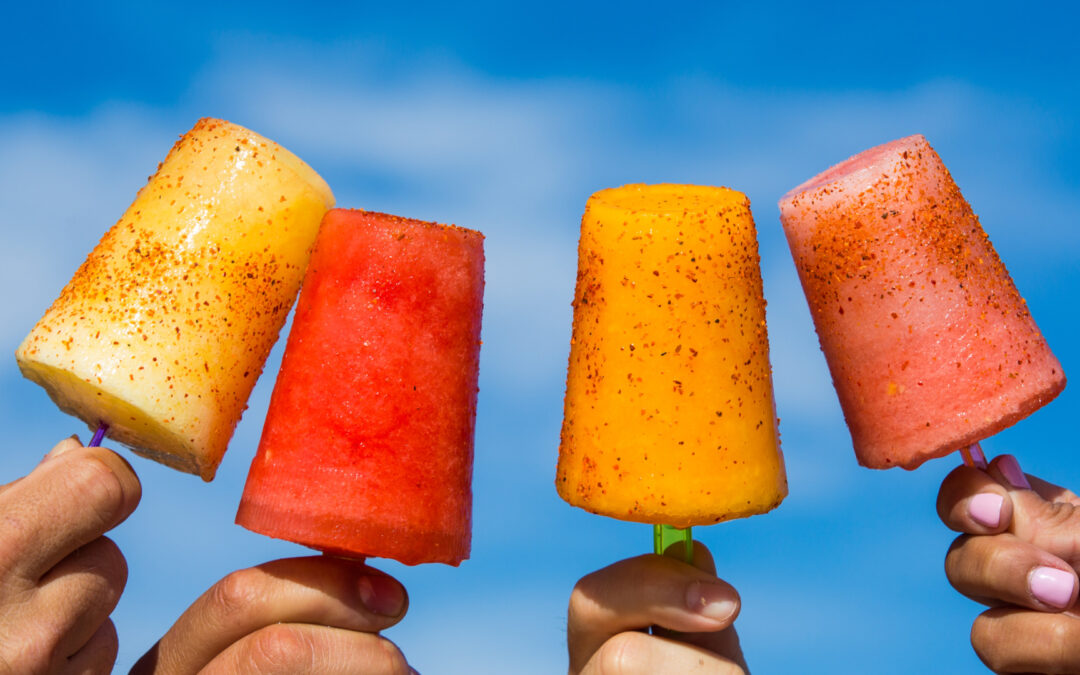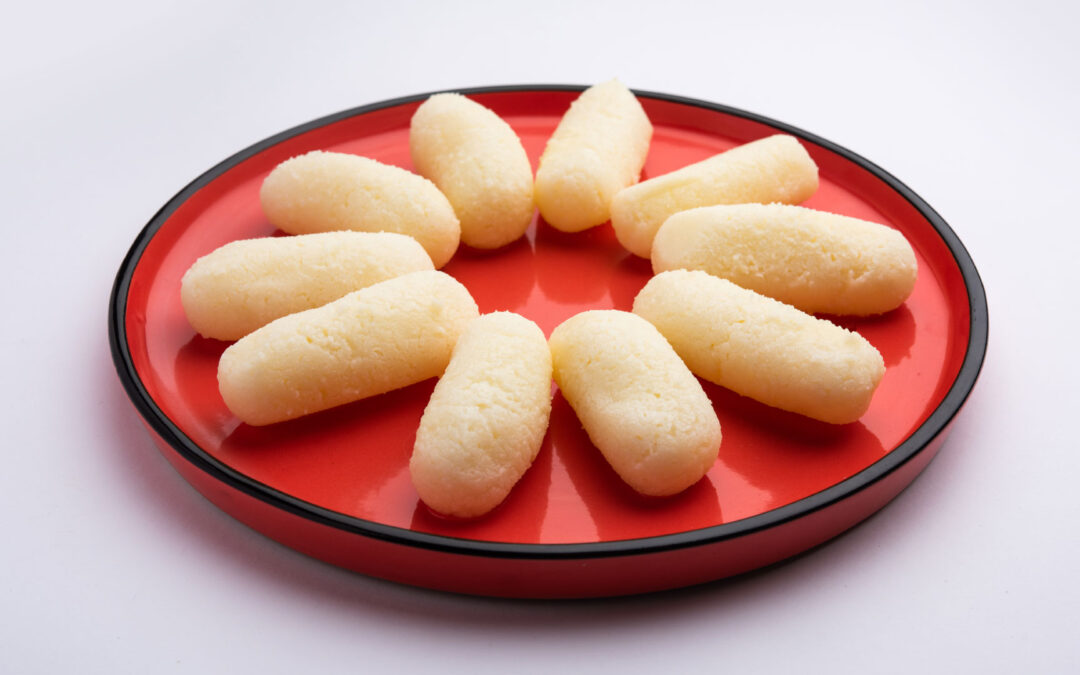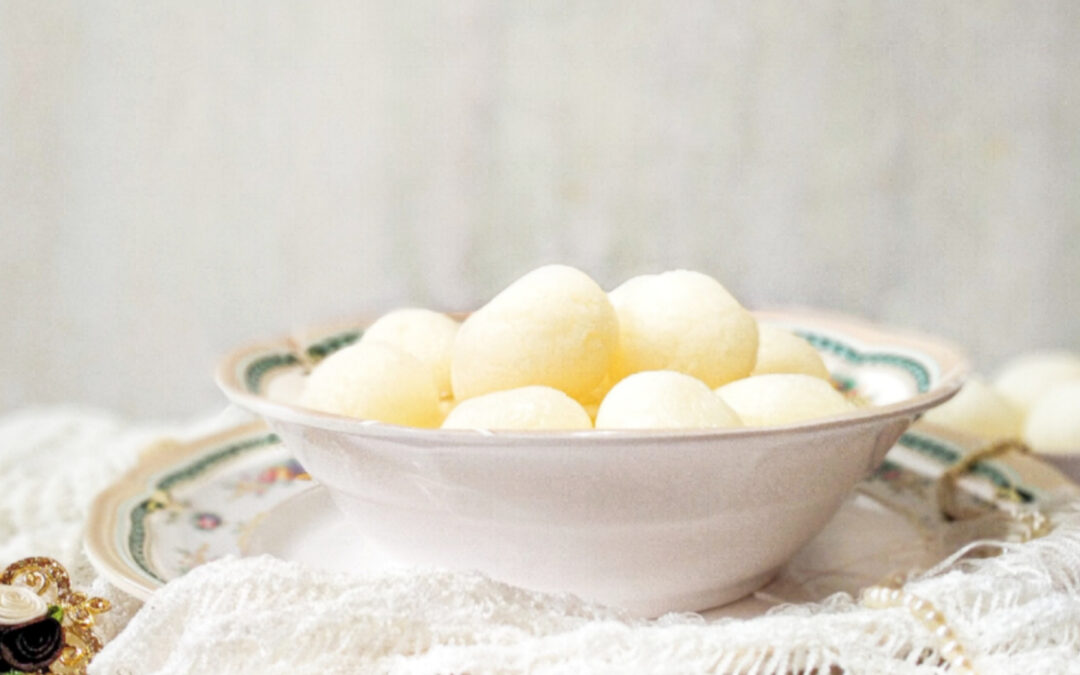As of the 16th century, the Indian subcontinent was the home to the frozen dairy dessert known as Kulfi or Qulfi. This dessert is believed to have originated in the 16th century during the Mughal Empire. Many people referred to it as ‘Indian ice cream’. It is widely available in restaurants serving as an Indian dessert around the world. Similar in appearance and flavour to ice cream, kulfi is creamier and thicker. It’s available in a variety of tastes. Cream, rose, mango, cardamom, saffron, and pistachio are some of the most classic flavours. Apple, orange, strawberry, peanut, and avocado is some of the more recent additions. Kulfi isn’t whipped like ice cream, thus it’s a solid, rich frozen delicacy akin to classic custard-based ice cream. It’s sometimes regarded as a separate-frozen dairy-based dessert category. Kulfi takes longer to be melted than Western ice cream because of its density.
Kulfi Malai’ from Khushita is very popular and delicious. It is seen as the tradition that banana leaf is used to serve the original kulfi malai from Kushtia. You had to travel all the way to Kushtia to try this amazing Kulfi back in the day; however, many companies are now trying to produce the authentic taste of kulfi of Kushtia. We can find it easily online by placing the order, though the original thing cannot be replaced. But by having them, people can at least enjoy this dessert item and the name will exist through this process.
However, people from every stage love kulfi. Lots of consumers try to make this at home and it’s quite easy. To begin, the traditional method of making milk-based kulfi is to evaporate the milk. You may, however, make it in an instant. To thicken the milk as rapidly as possible, you can add bread crumbs, slices, or even corn flour. Secondly, you don’t absolutely need kulfi moulds to make these kulfis. If you don’t have any, you may alternatively use glass moulds or small glass cups to shape these. Finally, despite their dense structure, these will melt as soon as they are removed from the refrigerator. As a result, take it out of the moulds immediately before serving.
Dessert is a great source of energy. Kulfi carries a high range of calories and fat which can be an instant energy source if the right amount is taken. Since the half-cup portion contains almost 15 grams of sugar, one should take it wisely. It is estimated that a half-cup of kulfi contains almost double the energy of a half-cup of milk. For gaining weight and for some particular reasons you can keep this in your diet chart like regular dairy products consulting with your nutritionist.
When you need energy or are trying to gain weight, Kulfi is a good option for you. As an added benefit, Kulfi is a good source of two important minerals. You can get about 10 per cent of the adult RDA of calcium and phosphorus from just one half-cup serving. Calcium and phosphorus work together to promote strength, and healthy bones respectively. Consuming a lot of calcium but not enough phosphorus isn’t going to do your bones any favours, either. Kulfi may not be an ideal food for some people as it contains sugar but, it does have a few of these nutrients. Due to its dairy-based composition and lactose content, Kulfi can be problematic for some individuals. Lactose-intolerant individuals are deficient in lactase, the enzyme necessary to digest lactose, and may experience digestive upset if they consume Kulfi. 30 million Americans are lactose intolerant, according to PubMed Health. Ice cream can be made with soy milk or other dairy substitutes for those who are lactose intolerant.

